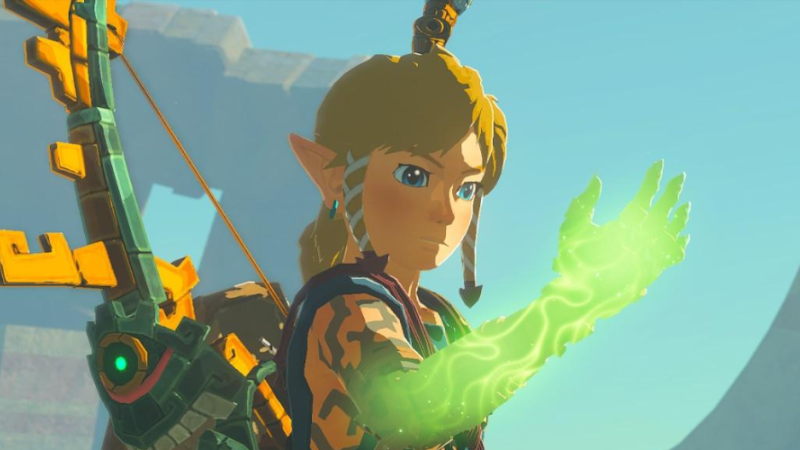
In "Zelda: Tears of the Kingdom", a major shift from "Breath of the Wild" was implemented to equip players with boundless liberty within a realm untainted by self-disruption. The Legend of Zelda: Tears of the Kingdom, while inheriting the geographic essence of Hyrule from its forerunner, introduces a paradigm shift so profound due to its adoption of fully dynamic, physics-responsive objects throughout the game. This transformation allows for unprecedented interactions within Hyrule, a feat that transcends even Ganondorf's wildest ambitions, as stated by lead physics architect Takahiro Takayama. He affirms this alteration was the optimal path forward.
While presenting at the Game Developers Conference, Takayama elaborated on the game's revolutionary use of physics and sound effects, highlighting the experimental stage that included groundbreaking features such as the highly praised Ultrahand, which enables players to combine various items to create new inventions. From contraptions for traversing to imaginative apparatus for engaging with Koroks, down to lumber-harvesting machines, the scope of creation is boundless, fueled by players' inventiveness.
Implementation of Ultrahand amidst the previously static, unresponsive elements of "Breath of the Wild" initially produced daily hurdles. Takayama reveals, through interpretation, that the resolution lay within the wisdom gleaned from developing "Breath of the Wild," using the interaction of large gears as a case in point, which demanded velocity transfer to function as intended.
"To achieve a reality where every interaction was governed by dynamic forces and constraints was imperative," Takayama elucidated. "This foundation is crucial for fostering a domain where the players' ingenuity and visions can manifest into reality without wreaking havoc."
Furthermore, Takayama elaborated on the necessity for this approach to encompass the players' capabilities, highlighting instances where objects behave erratically upon collision, demonstrating the potential for chaos. "Eventually, like all other facets, we revamped Recall to operate under physics principles," he added. "This adjustment ensures that, regardless of player actions, the world remains intact, free from self-induced collapse."
A developer from the Zelda series identified that the paramount threat in Tears of the Kingdom was not Ganondorf, but rather, it was the potential for player-induced annihilation of the world had the programming allowed it.





